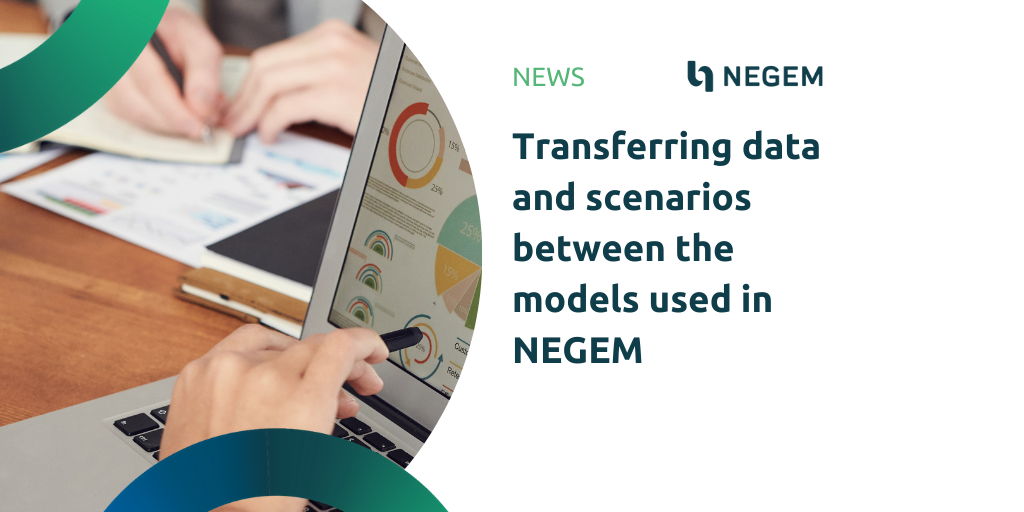On the 25th of May, a two hour NEGEM workshop was organized by the Potsdam Institute for Climate Impact Research (PIK) and Imperial College London (ICL), dedicated to presenting and discussing the data and scenario transfer between two models used within NEGEM: The Dynamic Global Vegetation Model LPJmL and the modelling and optimization framework for negative emission technologies MONET. A total of 18 attendees joined the workshop, both interested NEGEM partners across different work packages as well as invited experts from the modelling community.
In order to assess realistic potentials for negative emission technologies and practices (NETP) in a multi-disciplinary approach, modelling frameworks from different scientific fields are used within the NEGEM project. Focusing on environmental constraints to terrestrial NETP deployment, spatially-explicit modelling of environmental functions with the process-based biosphere model LPJmL is key for the analysis conducted at PIK.
In the context of the assessment of realistic NETP pathways for Europe, the modelling and optimization framework for negative emission technologies MONET is used to evaluate optimal mixes of NETP pathways based on country specific conditions. In order to align scenarios and integrate results between the two models, relevant input and output data as well as two specific data transfer streams were identified prior to the workshop. The aim of the workshop was to present these transfer approaches and discuss their technical implications as well as suitable scenarios.
After an introduction to the objectives and working packages of the NEGEM project, Constanze Werner (PIK), Piera Patrizio (ICL) and Johanna Braun (PIK) presented relevant features of both models to provide the basis for the later discussion. Several short Q&A sessions allowed to enhance the understanding regarding specific model features such as the included feedstocks and conversion pathways for BECCS (bioenergy with carbon capture and storage) or the consideration of marginal land.
The remaining workshop was structured in two parts representing two data and scenario transfer streams. First, Piera Patrizio presented the option to generate a set of MONET-derived pathways of BECCS/PyCCS (pyrogenic carbon capture and storage) carbon removal efficiencies for calculating negative emission potentials from biomass yields quantified in LPJmL. The second part, presented by Constanze Werner and Johanna Braun, focused on the integration of environmental constraints to feedstock supply for biomass-based NETPs assessed in LPJmL into the capacity analyses of MONET. This synthesis aims to assess the effects of environmental constraints to biomass supply on optimal pathways of technology deployment for biomass-based NETs. After discussing technical aspects of the data transfer, Nixon Sunny (ICL) sketched options for scenario development and alignment based on the participants’ feedback.
The workshop provided a solid basisfor the scenario development and alignment. Building up on that, more internal and external workshops and exchange will follow to ensure the integration of results across NEGEM work packages, as well as the joint development and alignment of scenarios, also including other models used within NEGEM, amongst others the Life Cycle Assessment conducted at ETH and the Integrated Assessment Model TIMES-VTT.


